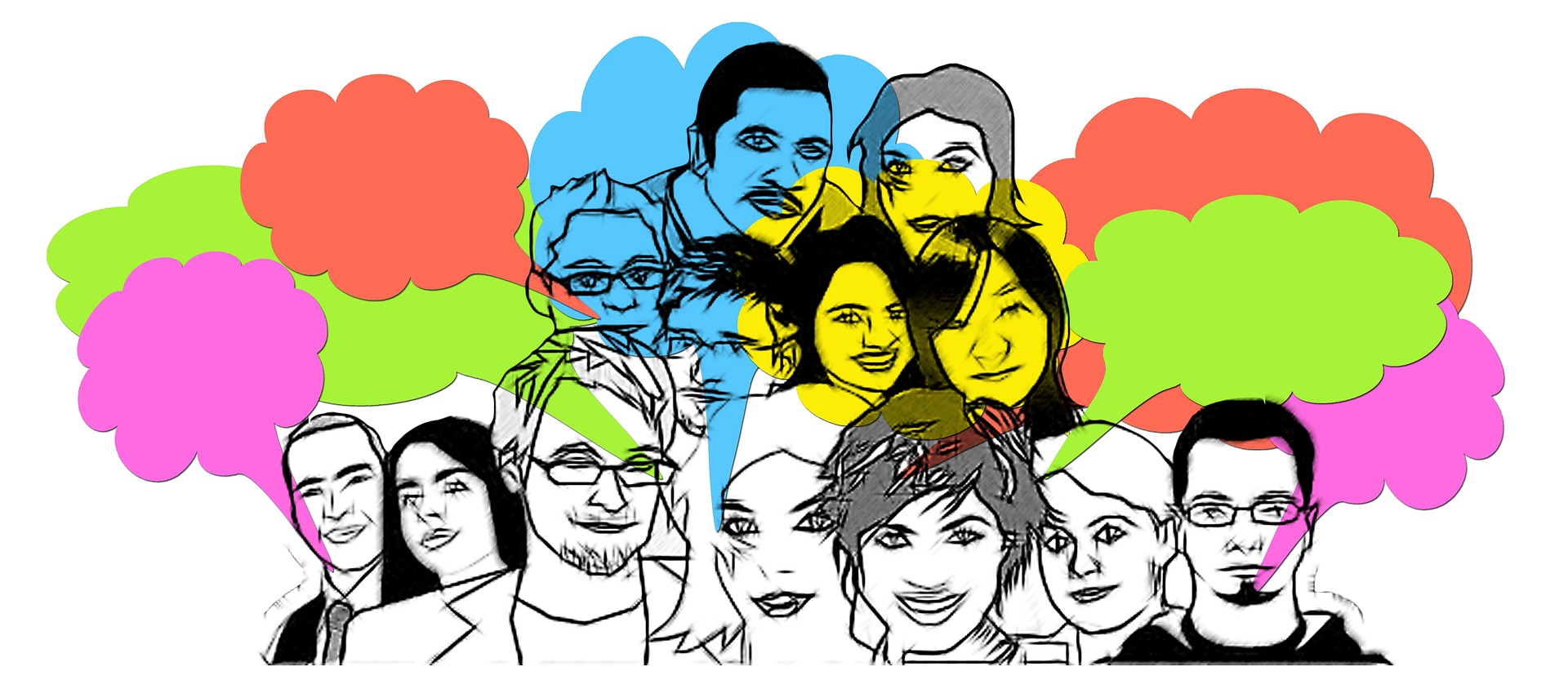Localization in translation
In business and life, everything depends on good communication. In professional translation and interpretation, people’s own culture also continues to shape language over time.
Of course deciding if culture or language came first is a ‘chicken and egg’ dilemma. Like the hands of a master pottery maker, cultural traditions are instrumental in crafting their native language over time and land.
Immersive language fluency and multicultural experience fuel our translation and interpretation work in business. Awareness of core cultural values can elevate a translator’s work even more, improving tone for a web content localization text, or giving interpreted speech an even clearer understanding.
Some research suggests cultural perception of a language can also modify our behavior. According to Naira Ramirez-Esparza, an assistant professor of social psychology at the University of Connecticut, personality test results varied based on the surveyed language: “The language cannot be separated from the cultural values of that language,” she says. “You see yourself through the cultural values of the language you are speaking.”
These broad, common traits don’t define the personality of every speaker in a culture. Yet they’re a solid, high-level guide for enhanced language communication across cultural lines. After all, tailoring a message can boost an audience’s grasp of its true meaning and intention.
Understanding high and low context cultures for better localization in translation

In the study of human societies, high and low context cultures orbit around implicit vs. literal meaning in communication. The concept of high context and low context cultures was developed by American anthropologist and cross-cultural researcher Edward T. Hall, in the 1970’s.
As part of his theories on proxemics (the study of human body language and how people from different cultures view and treat personal space), Hall attempted to better define and describe the different cultural communication styles around the world.
How high context cultures enhance localization in translation through implicit communication
High context cultures rely more on implied, unspoken meanings. Shared customs and local history are important in business relationships and interpersonal communications.
High context cultures like China, France, Japan or Latin America tend to place more value on social meaning and emotional connection. Each focuses on mannerisms, emotions, and relationships before business details or negotiations.
Higher context cultures give more weight to verbal agreements over detailed paper contracts. Relationships and history are more prized at times. Making a colorful point in a roundabout way is more appealing and sustaining for these types of cultures. Translation professionals can add more detail and emotion with high context culture speakers.
How Low Context Cultures Use Language in their Communication
Low context cultures like the United States, Germany, Australia, or Scandinavia prefer to be more direct. Favored communications are short, clear, literal and to the point. A previous history or relationship has much lower bearing on the business deal at hand.
In lower context cultures facts, exact figures, and paper contracts are prized more than any past ties or relationships. Same with anticipated efficiency in exchanges. Arriving at a conclusion swiftly is better viewed in their eyes. Shorter texts, facts focus and simpler language appeals to speakers when translating or interpreting in lower context cultures.
Individualist Vs. Collectivist Cultures

Another pattern for possible translation nuance is whether language speakers are from individualist vs. collectivist cultures.
In general, individualistic cultures emphasize independence, personal achievement and a competitive conflict style. By contrast, collectivist cultures highlight social connections, service and a cooperative conflict style.
Individualist Cultures And Communication Style
Individualistic cultures like Australia, the United States, Germany, Ireland, South Africa and most of Western Europe emphasize the individual over the entire group. Here social behavior tends to follow the attitudes, rights and preferences of individuals. People are seen as more independent, autonomous, and self-reliant.
Individualistic people can be more welcoming toward outsiders. They’re also less confined by past heritage whether good or bad. Individualistic identity is not tied or limited by social networks, but it does coexist with them.
People in individualistic cultures mainly focus on achievement, strength, assertiveness, individual goals, action and personal accountability of decisions. They consider everyone equal and able to make their own choices. Translators and interpreters working in individualistic can focus on addressing individuals found in a group to better gain engagement.
Collectivist Cultures And Their Communication Style
Collectivist cultures like Russia, Eastern Europe, and Asian countries emphasize harmony, cohesion and social cooperation of the group over individual needs. Here, people may be more willing to sacrifice their own needs for the greater good of the group. People are more dependent on their social networks, and more likely to turn to family and friends for help when needed.
Collectivist people can also be more insular and view outsiders more skeptically. They also tend to view their social networks and heritage strongly tied to their identity.
People in collectivist cultures focus more on harmony and cohesion. Decisions are consulted with their network for the benefit of the group’s needs, and accountability is owed to the group.
Collectivist cultures acknowledge a hierarchy and take direction accordingly inside their group. Translation professionals working in collectivist cultures can angle group themes toward gaining more acceptance and engagement together, inside of a working group.
These cultural aspects add another layer of color to languages in translation and interpretation. It can help a skilled interpreter or translator to target their translation communication more specifically for each type of audience, for better nuanced expression, understanding and engagement.
As Michel de Montagne once said, “the most universal quality is diversity.” In three simple words to live and work by: Vive la différence!







